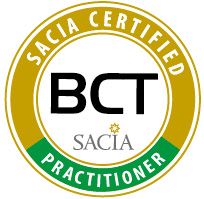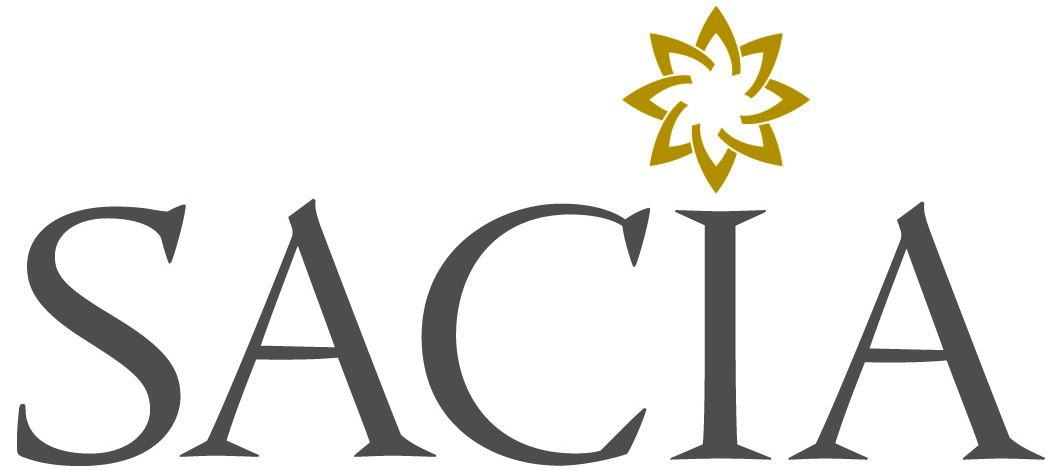
2.2.2 Certified BCT Practitioner
Description
An individual applying for the Cert BCT Practitioner designation should demonstrate an informed understanding of any field aligned to the broadcast or communications sector, as well as detailed knowledge in an area of specialisation. They should also be able to demonstrate an informed understanding of the business and administration systems related to that specialisation.
For example, an operations manager in a broadcast environment would have a fundamental understanding of all aspects of broadcast operations and workflows, including origination, broadcasting and archiving. They’d have an informed understanding of most aspects of the origination process, as well as a detailed understanding of at least one specialisation.
A camera operator should be able to demonstrate an informed understanding of the content production process and an in‐depth understanding of the art and craft of cinematography in the film/ video environment.
Benefits
-
Use the designatory letters for the Certified Broadcasting Technology Practitioner (Cert BCT Prac) behind their name
-
Participate in SACIA events at discounted rates
-
Offer employers and colleagues assurance of commitment to the broadcast, communications and professional AV industry
-
Be listed on the National Learners’ Record Database
Qualifying criteria
Applicants must have:
-
completed five years of industry-related experience
-
hold a relevant NQF-level 5 qualification in film, video, audio or multimedia production. An example of a relevant qualification might include the Higher Certificate in Film and Media Production (qualification 119489), the Higher Certificate in Animation and Visual Effects (qualification 118626) or the Higher Certificate in Sound Production (qualification 118926)
-
Provide a portfolio of evidence supporting their application, or pass a qualifying examination.
-
Gained an endorsement from two people of good standing within the broadcast and communications industry
Portfolio of Evidence
There is no definitive list of documents that might be included in the Portfolio of Evidence, but it would generally include a detailed list of work undertaken, copies of course and training certificates received, testimonials and letters of recommendation supporting an individual’s claim of comprehensive knowledge, experience and competence, and a list of any awards or commendations received.
Individuals applying for a designation in content creation (such as animators, editors and camera operators) should provide a showreel reflecting the breadth and depth of work undertaken. For specialist camera operators, the showreel should demonstrate how lighting, composition and camera movement have been used to achieve a visual objective.
An animators showreel should demonstrate a comprehensive understanding of the animation process, including administrative and management systems associated with animation. They should also be able to demonstrate a deep understanding of animation workflows and processes, as well as the creative skills associated with the art and craft of animation.
Extracts should be uploaded to Vimeo as an H264 Quicktime file, 25 fps constant frame rate, 720p HD (1280 x 720 px) at a bit rate of 5000 and no more than 10,000kbit/s. You should also provide an accompanying document, with a short statement describing the technical and creative challenges addressed in the extracts and clips provided.
Designation competencies
Candidates applying for the Certified BCT Practitioner designation should be able to demonstrate the following:
-
An informed understanding of the core areas of any field, disciplines or practices aligned to the broadcast or communications sector and an informed understanding of the key terms, concepts, facts, general principles, rules and theories of an area of specialisation. For example, an operations manager in a broadcast environment would have an informed understanding of all aspects of broadcast operations and workflows, including origination, broadcasting and archiving. They’d have an informed understanding of most aspects of the origination process, as well as a detailed understanding of at least one specialisation.
-
An awareness of how knowledge or a knowledge system develops and evolves within the area of study or operation.
-
The ability to select and apply standard methods, procedures or techniques within the broadcast or communications sector and to plan and manage an implementation process within a well-defined, familiar and supported environment.
-
The ability to identify, evaluate and solve defined, routine and new problems within a familiar context and to apply solutions based on relevant evidence and procedures or other forms of explanation appropriate to the broadcast or communications sector, demonstrating an understanding of the consequences.
-
The ability to take account of and act according to the SACIA code of professional conduct and seek guidance on ethical and professional issues where necessary.
-
Demonstrate the ability to gather information from various sources, including oral, written or symbolic texts, to select information appropriate to the task, and to apply basic processes of analysis, synthesis and evaluation of that information.
-
The ability to communicate information reliably, accurately and coherently, using conventions appropriate to the context, in written and oral form or practical demonstration, including an understanding of and respect for conventions around intellectual property, copyright and plagiarism, including the associated legal implications.
-
The ability to operate in a range of familiar and new contexts, understanding different kinds of systems, their constituent parts and the relationships between them, and understanding how actions in one area impact other areas within the same system.
-
The ability to evaluate their performance or the performance of others and to take appropriate action where necessary, to take responsibility for their learning within a structured learning process, and to promote the learning of others.
-
The ability to account for their actions, to work effectively with and respect others, and, in a defined context, to take supervisory responsibility for others and for the responsible use of resources, where appropriate.
Continuing professional development (CPD) requirements
Designated members are required to:
Recognition of Prior Learning
SACIA’s certification council recognize that many applicants for this designation will not hold an underlying NQF-level 5 qualification. The Council will encourage individual’s lacking such a qualification to apply for a professional designation if they can demonstrate additional work experience in the broadcast and communications industry. Their portfolio of evidence should also demonstrate their comprehensive understanding of the technology used in the broadcast and communications sector. An assessment will be conducted by a body of subject matter experts. For more information please visit the RPL page
Apply now



